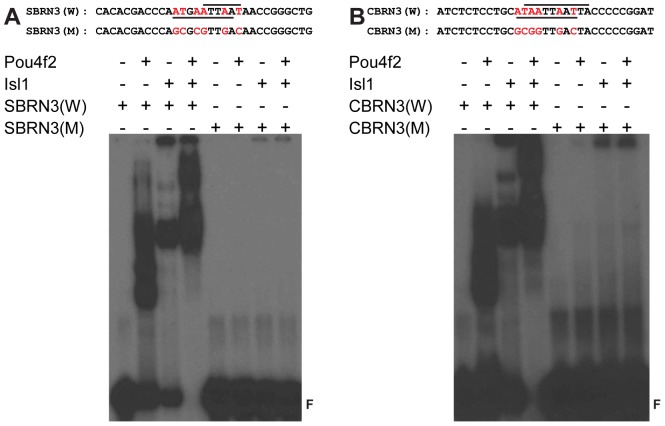Figure 4. Pou4f2 and Isl1 bind to DNA elements individually and as a complex in EMSA.
A: Wild-type (SBRN3(W)) sequence from the conserved element in the Sonic Hedgehog gene and its mutant sequence SBRN3(M) are shown on the top. Lines on top and beneath the SBRN3(W) sequence indicate the ATTA cores and Pou4f2 binding motif respectively. At Bottom, EMSA shows that either Pou4f2 or Isl1 alone can bind to SBRN3(W) as indicated by the slow migrating DNA-protein complexes, but not to SBRN3(M). When both Pou4f2 and Isl1 are present, they form a further slow-migrating DNA-protein complex with SBRN3(W), but not with SBRN3(M). B: Similarly, Pou4f2 or Isl1 alone binds to CBRN3(W), but not to CBRN3(M); Pou4f2 and Isl1 form a complex on CBRN3(W), but not on CBRN3(M). F indicates free probes. Lines on top and beneath the CBRN3(W) sequence indicate the ATTA cores and Pou4f2 binding motif respectively.

